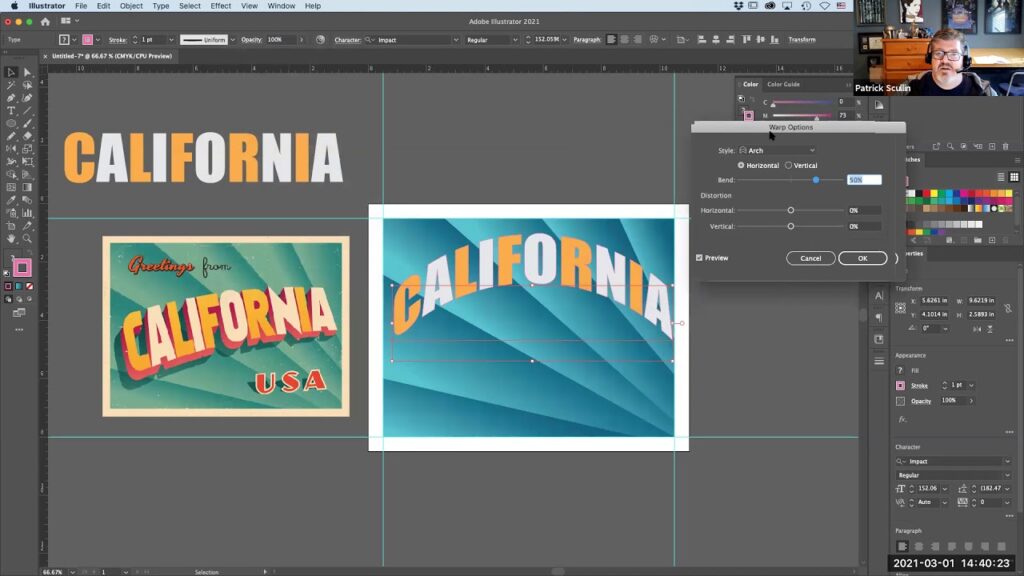Mastering Postcard Design: A Comprehensive Guide to Crafting Eye-Catching Postcards in Adobe Illustrator

Introduction: Postcards have long been a staple of communication, serving as tokens of travel, expressions of affection, and promotional tools for businesses. In today’s digital age, designing postcards offers a unique opportunity to blend traditional charm with modern creativity. Adobe Illustrator provides designers with powerful tools and flexibility to create stunning postcard designs that capture attention and leave a lasting impression. In this comprehensive guide, we’ll explore the step-by-step process of designing postcards in Adobe Illustrator, covering everything from initial concept to final artwork.
Section 1: Understanding Postcard Design 1.1 The Role of Postcards: Examine the significance of postcards as a medium for communication, storytelling, and promotion, and their enduring appeal in the digital era. 1.2 Types of Postcards: Explore different types of postcards, including travel postcards, greeting cards, promotional postcards, and their respective design considerations. 1.3 Design Principles: Understand the fundamental principles of postcard design, including layout, typography, color theory, and visual hierarchy.
Section 2: Planning Your Postcard Design 2.1 Defining Objectives: Determine the purpose and goals of your postcard design, whether to convey a message, promote a product or service, or evoke a specific emotion. 2.2 Audience Analysis: Consider the demographics, interests, and preferences of the target audience to tailor your postcard design effectively. 2.3 Research and Inspiration: Gather inspiration from existing postcard designs, artistic styles, and thematic elements to inform your creative direction and conceptualization.
Section 3: Getting Started with Adobe Illustrator 3.1 Overview of Adobe Illustrator: Familiarize yourself with the Illustrator workspace, tools, and essential features for designing postcards. 3.2 Setting Up Your Document: Create a new document in Illustrator, specifying the dimensions, orientation, and resolution suitable for your postcard project. 3.3 Organizing Layers and Artboards: Utilize layers and artboards to organize your postcard elements systematically, facilitating efficient design and editing workflows.
Section 4: Designing Postcard Layout 4.1 Layout Composition: Establish a layout composition for your postcard design, determining the placement of key elements such as imagery, text, and branding elements. 4.2 Typography and Text Placement: Select appropriate typefaces, font sizes, and styles for your postcard text, ensuring readability and aesthetic coherence within the design. 4.3 Incorporating Imagery and Graphics: Enhance your postcard design with photographs, illustrations, or graphic elements that reinforce the theme, message, or branding of the postcard. 4.4 Color Scheme and Visual Elements: Choose a cohesive color palette that complements your postcard design, using color to evoke emotion, highlight key elements, and create visual interest.
Section 5: Adding Special Features and Effects 5.1 Using Effects and Filters: Explore Illustrator’s effects and filters to add depth, texture, and visual interest to your postcard design, such as drop shadows, blurs, and gradients. 5.2 Incorporating Interactive Elements: Experiment with interactive elements such as QR codes, augmented reality markers, or fold-out sections to engage recipients and enhance the postcard experience. 5.3 Incorporating Printing Techniques: Consider special printing techniques such as embossing, foil stamping, or die-cutting to add tactile and visual appeal to your postcard design.
Section 6: Finalizing and Exporting Your Postcard Design 6.1 Reviewing and Proofing: Conduct thorough reviews of your postcard design, checking for accuracy, consistency, and visual appeal across all elements. 6.2 Adjustments and Revisions: Make necessary adjustments or revisions based on feedback, ensuring your postcard design meets the desired standards and objectives. 6.3 Exporting Files for Printing: Prepare your postcard design for printing by exporting it in the appropriate file format and resolution, considering factors such as bleed, trim marks, and color profiles.
Section 7: Printing and Production 7.1 Choosing Printing Methods and Materials: Evaluate various printing methods, paper stocks, and finishing options suitable for your postcard project, balancing quality, cost, and durability. 7.2 Working with Print Vendors: Communicate effectively with print vendors, providing accurate specifications and files to ensure the successful production of your postcards. 7.3 Quality Control and Distribution: Perform quality checks on printed samples, ensuring color accuracy, print clarity, and overall satisfaction before distributing or mailing your postcards.
Conclusion: Designing postcards in Adobe Illustrator offers designers a versatile canvas to express creativity, communicate messages, and engage audiences through visual storytelling. By following the comprehensive steps outlined in this guide, you’ll be equipped to create postcards that captivate attention, evoke emotion, and leave a lasting impression on recipients. Whether for personal correspondence, business promotion, or artistic expression, the process of designing postcards in Illustrator is both rewarding and empowering. So, unleash your creativity, explore the possibilities, and embark on your journey to design postcards that inspire and delight recipients around the world.




